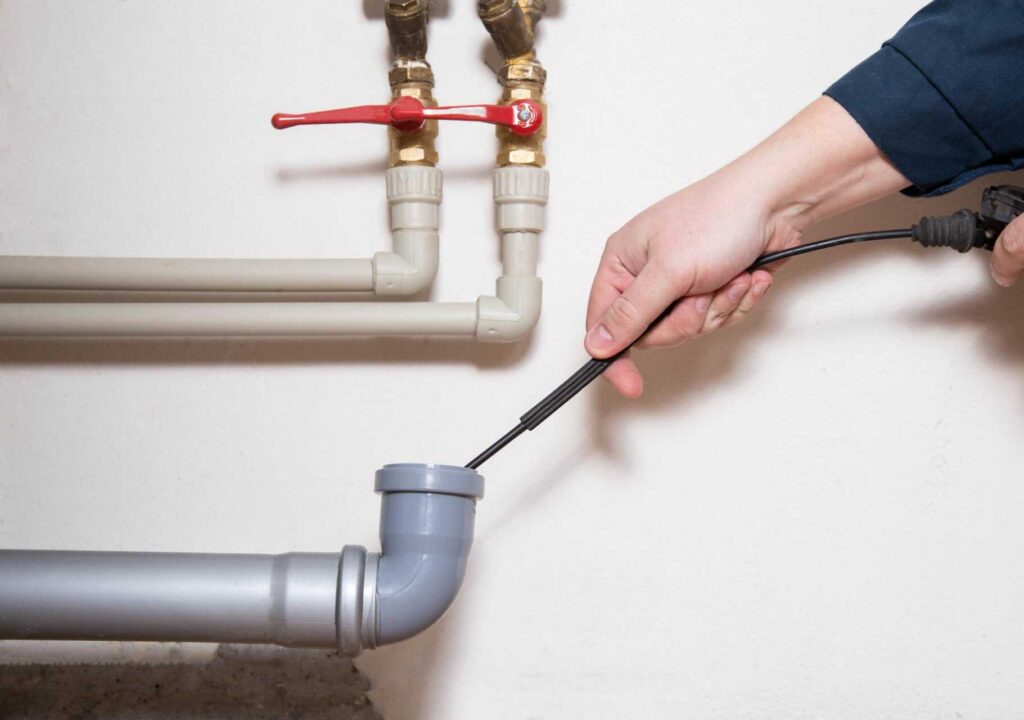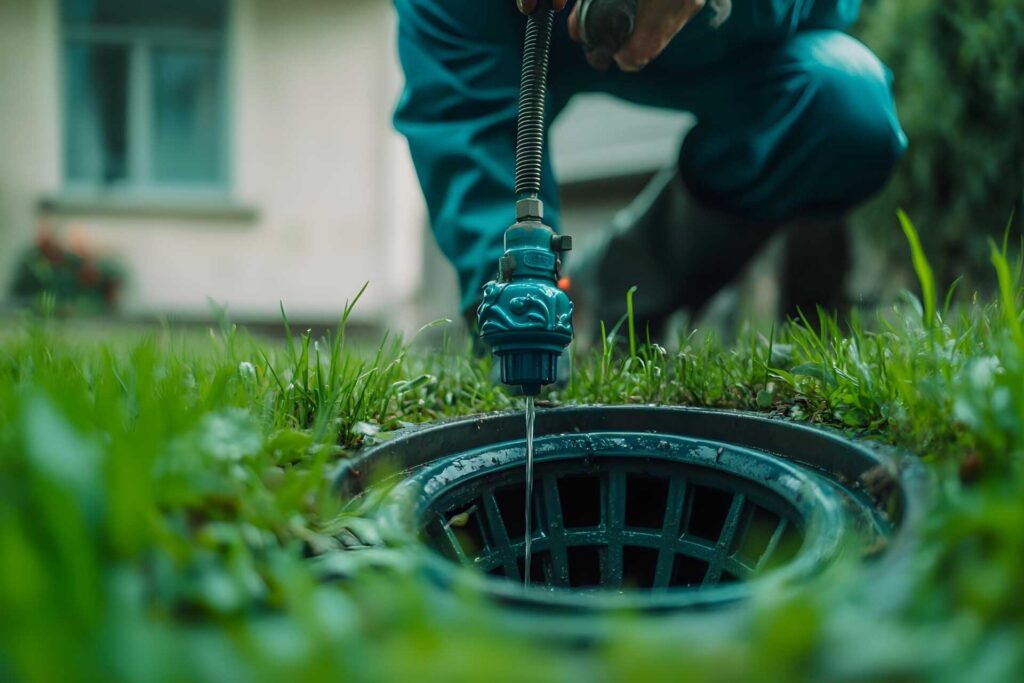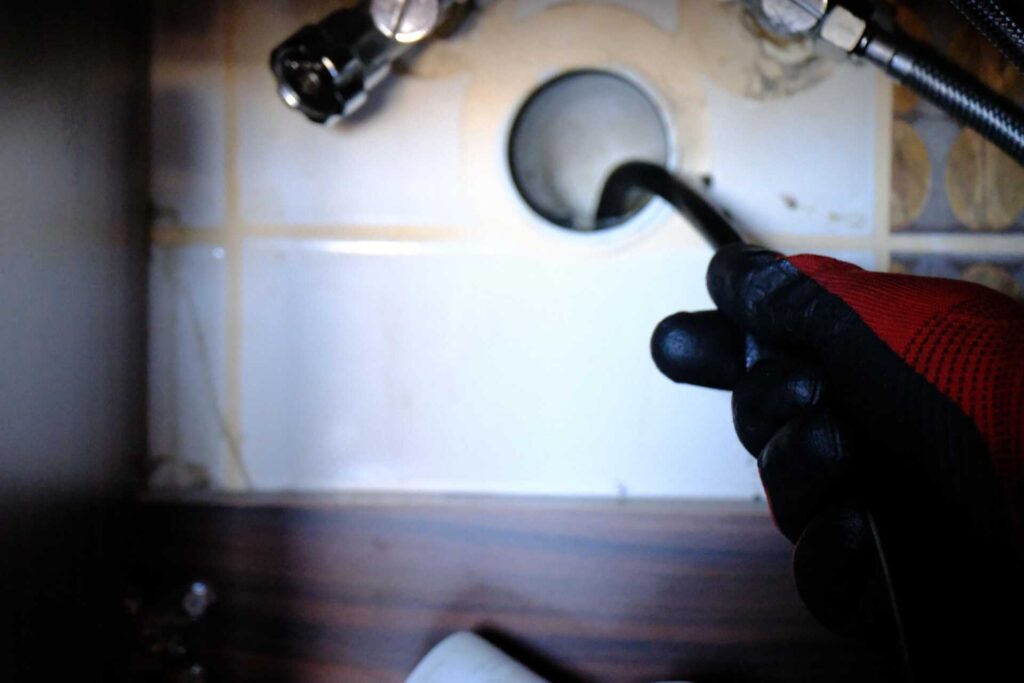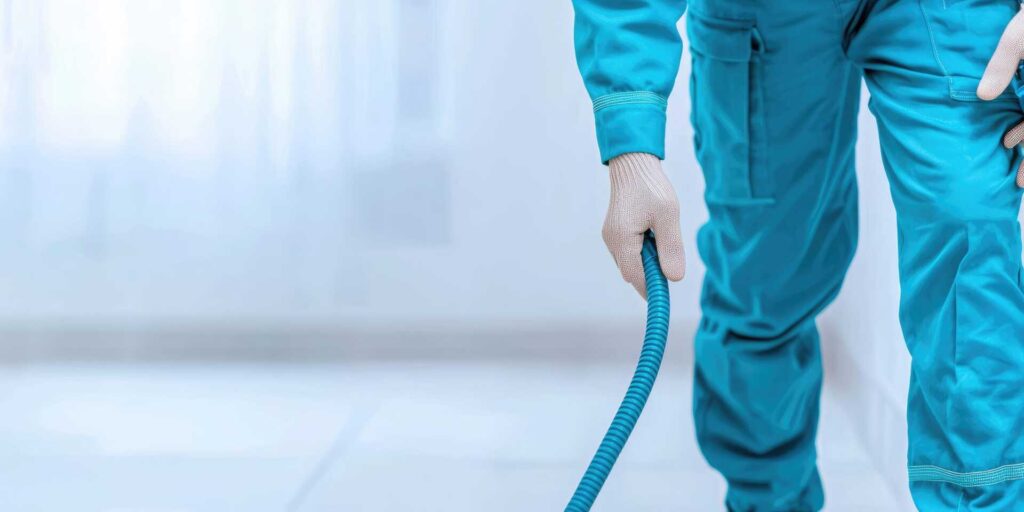
Contents
When you tackle hydro jetting, your success hinges on a few key factors you might not have considered. It’s vital to select the right equipment that matches your specific needs, but that’s just the beginning. By evaluating your pipe condition beforehand, you can avoid potential pitfalls that could derail your efforts. Plus, proper preparation and safety gear are essential for a smooth process. If you’re unsure about doing it alone, hiring experienced professionals can make a significant difference. Curious about how to maintain those pipes once the job’s done?
Key Takeaways
- Select the right hydro jetting equipment, ensuring it generates sufficient PSI and has appropriate nozzles for the blockage type.
- Conduct a thorough pipe condition assessment through visual inspections or camera inspections to determine the need for hydro jetting.
- Prepare adequately by gathering all necessary equipment, wearing protective gear, and ensuring a reliable water supply of at least 4,000 psi.
- Consider hiring experienced professionals for effective hydro jetting, as they possess specialized tools and can identify underlying issues.
- Establish a routine maintenance plan to monitor pipe conditions and prevent clogs, including regular hydro jetting based on usage frequency.
Choose the Right Equipment
When it comes to hydro jetting, selecting the right equipment is crucial for effective results. The performance of your hydro jetting operation largely depends on the equipment types you choose. High-pressure water jets require powerful machines capable of generating sufficient PSI (pounds per square inch) to clear blockages. Familiarize yourself with various equipment types, like portable units for smaller jobs and truck-mounted systems for larger, more challenging tasks. Each type has its specific applications, and knowing when to use each can enhance your efficiency.
Nozzle selection plays a critical role in your hydro jetting success. Different nozzles create various spray patterns and pressures, allowing you to tackle specific types of clogs effectively. For instance, a rotating nozzle is excellent for breaking up tough blockages, while a flat nozzle can provide a wide spray for clearing grease and debris. When selecting a nozzle, consider the material and size of the pipes you’re working with to ensure compatibility and prevent damage.
Additionally, make certain your hoses and fittings are rated for the pressure levels you’ll be using. Regular maintenance of your equipment will also help you achieve peak performance and longevity. By understanding the various equipment types and making informed nozzle selections, you’ll improve your hydro jetting outcomes and foster a sense of belonging within the community of skilled professionals committed to excellence in the field.
Assess Pipe Condition
After selecting the right equipment, examining the condition of the pipes is a key step in hydro jetting. Conducting a thorough pipe inspection allows you to identify any potential issues that could affect the success of your hydro jetting efforts. Start by visually inspecting the accessible sections of the pipes for any signs of corrosion, cracks, or misalignment.
Next, perform a camera inspection to get an in-depth look at the internal condition of your pipes. This technique provides a clear picture of the pipe’s integrity and allows for accurate damage evaluation. Understanding the specific issues at hand will help you determine the appropriate pressure and technique needed during hydro jetting.
Here’s a quick reference table to assist you in evaluating pipe conditions:
| Condition | Signs to Look For | Recommended Action |
|---|---|---|
| Good Condition | No visible damage | Proceed with hydro jetting |
| Minor Damage | Small cracks or corrosion | Monitor, consider repair |
| Severe Damage | Large cracks, misalignment | Repair or replace pipes |
Prepare for the Process
Before you begin the hydro jetting process, it’s vital to prepare adequately to ensure safety and effectiveness. Start by gathering all necessary equipment, including a hydro jetting machine, safety gear, and appropriate nozzles. Familiarize yourself with the machine’s manual, as understanding its operation is important for peak performance.
Safety precautions can’t be overlooked. Wear protective eyewear, gloves, and sturdy footwear to shield yourself from potential hazards. Make sure the area around the worksite is clear of obstacles and well-ventilated, as high water pressure can create splashes or debris. Be mindful of your surroundings—check for any nearby electrical lines or gas pipes that could be impacted during the process.
Next, assess the water supply and pressure. Confirm your water source can deliver sufficient pressure for the hydro jetting system. Typically, a pressure of at least 4,000 psi is required for effective cleaning. If your water supply is insufficient, consider utilizing a water tank to maintain a steady flow throughout the process.
Lastly, plan your approach. Identify the specific areas in your plumbing system that need attention. It might be helpful to mark these spots, allowing you to focus on the most problematic sections. By taking these steps, you’ll set yourself up for a successful hydro jetting experience, making sure that you tackle the job with confidence and expertise.
Hire Experienced Professionals
Hiring experienced professionals for hydro jetting is essential, especially if you’re unfamiliar with the equipment or the process. When you engage experts, you’re not just ensuring the job gets done; you’re also tapping into a wealth of knowledge that can save you time and potential headaches. These professionals typically have specialized training and certifications, validating their professional qualifications in hydro jetting services.
Before you hire anyone, take the time to check their service reviews. Customer feedback can provide insight into their reliability, efficiency, and overall satisfaction. Look for companies that consistently receive high ratings, as this reflects their commitment to quality work. Pay attention to reviews that specifically mention hydro jetting, as this will ensure you’re evaluating their expertise in this area.
Experienced professionals come equipped with the right tools and technology, allowing them to handle various types of blockages effectively. They can tailor their approach based on your specific drainage issues, something that novice operators may not achieve. Additionally, they can identify underlying problems that might require further attention, preventing future issues that could lead to costly repairs.
Follow up With Maintenance
Once you’ve engaged experienced professionals for hydro jetting, the next step involves establishing a routine maintenance plan. This plan is essential for ensuring the longevity and efficiency of your plumbing system. Regular maintenance helps you identify potential issues before they escalate into costly repairs.
Start by scheduling routine inspections of your plumbing system. These inspections allow you to monitor the state of your pipes and catch any signs of wear or clogs early on. During these inspections, professionals can check for potential blockages, leaks, or corrosion, ensuring that your system operates smoothly.
Incorporating preventative measures is equally important. Consider implementing a cleaning schedule that includes hydro jetting at regular intervals, depending on your usage. For instance, if you have a high volume of wastewater, more frequent hydro jetting can help keep your drains clear and functioning effectively.
Additionally, educate yourself and your household about what can and cannot be flushed or poured down the drains. Simple changes in habits can greatly reduce the likelihood of clogs and other plumbing issues.
Summary
In the world of plumbing, hydro jetting is your fire extinguisher for stubborn clogs—powerful and transformative. By choosing the right tools, evaluating your pipes, preparing meticulously, and enlisting skilled professionals, you’re not just clearing blockages; you’re ensuring the longevity of your plumbing system. Remember, routine maintenance acts as your shield, guarding against future issues. Embrace these strategies, and you’ll keep your pipes flowing smoothly, turning potential disasters into mere ripples in the water.



